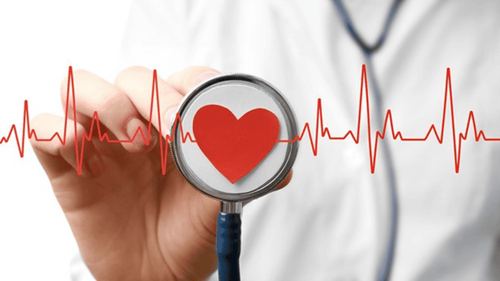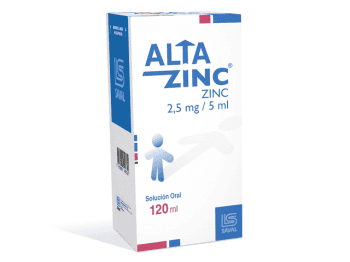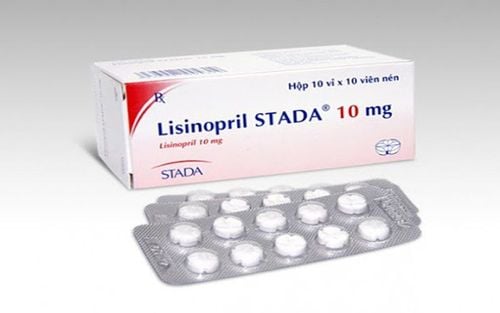This is an automatically translated article.
Article written by Master, Doctor Vu Thi Tuyet Mai - Cardiologist - Cardiovascular Center - Vinmec Central Park International General Hospital.
Ventricular extrasystoles (PVCs) are the most common cause of irregular heartbeat. This is a common arrhythmia, often discovered incidentally, occurring in both healthy people and those with cardiovascular disease. Some other names for ventricular extrasystoles are: Premature ventricular complex, early ventricular beat, ventricular ectopic pacing.
1. What is ventricular extrasystoles?
Ventricular extrasystoles are irregular premature beats that originate in the ventricular (lower heart chambers) muscle, often with a slight pause and then a stronger-than-normal heartbeat, occurring randomly. natural or cyclical.
Ventricular extrasystoles can appear at any age, are most common between 50 and 70 years of age, and are more common in men than women. Basically, extrasystoles are divided into two main groups: simple extrasystoles (singular, infrequent occurrence) and complex (repeated, double-beat, frequent, multiple) drive,...). In general, simple extrasystoles generally have a better prognosis than complex ones.
2. What are the symptoms of ventricular extrasystoles?
When ventricular extrasystoles occur, patients often describe it as "palpitations" or "skipped beats, missed beats". The beat that follows a ventricular presystole may be strong enough to cause chest pain or discomfort. If ventricular extrasystoles occur frequently or occur in series, they can cause fluttering sensations in the chest or neck. If ventricular extrasystoles occur frequently enough to reduce the heart's ability to pump blood, the patient may experience weakness, dizziness, or fainting.

3. What causes ventricular extrasystoles?
Healthy people of any age can develop ventricular extrasystoles. In most cases, ventricular extrasystoles do not persist and the underlying cause cannot be identified. If ventricular extrasystoles occur frequently or persist, they are more likely to be related to heart disease, heart injury, or other non-cardiac conditions, such as electrolyte disturbances. Certain drugs, alcohol, drugs, and high adrenaline levels caused by stress, exercise, or caffeine can also cause ventricular extrasystoles.
4. How is ventricular extrasystoles diagnosed?
Ventricular extrasystoles can be difficult to diagnose because they occur at unpredictable intervals. In most cases, it is difficult for the clinician to detect ventricular ectopy during routine physical examination unless the patient has ventricular presystole at the time of examination or has other structural heart problems. In people without any diagnosed heart disease, ventricular extrasystoles are often discovered incidentally during a routine electrocardiogram (ECG). In patients with known heart disease, ventricular extrasystoles may be detected during diagnostic tests for such heart disease.
When there are symptoms of ventricular extrasystoles, patients are usually assigned to measure ECG to confirm diagnosis; It is a standard, accurate, easy to perform and noninvasive test. In addition, a Holter ECG monitor, which records the ECG continuously for 24 or 48 hours, may be indicated for those with symptoms of ventricular extrasystoles at least once a day. The machine can help record the frequency, shape, and severity of ventricular premature beats and compare the relationship with symptoms of the day such as fatigue, dizziness, and syncope.
In addition, stress ECG testing is also recommended for some patients with ventricular extrasystoles to assess their severity, as well as to find the cause of the disease.
Large cardiac centers such as Vinmec hospital also have other, more specialized, higher-level tests for patients with ventricular ectropion who cannot perform a stress ECG or who are at high risk of developing complications. more complicated heart disease; including cardiac MRI, cardiac CT, myocardial perfusion scintigraphy SPECT, invasive coronary angiography, or electrophysiological exploration.
5. How is ventricular extrasystoles treated?
For occasional cases of ventricular extrasystoles without other symptoms and without underlying heart disease or other structural cardiac abnormalities, no treatment is needed. Measures can be tried that can help limit the occurrence of ventricular extrasystoles by reducing caffeine, tobacco and alcohol intake, and reducing stress and anxiety. If medications you're taking are causing ventricular extrasystoles, talk to your doctor about changing your medications.
When ventricular extrasystoles are caused by structural cardiac abnormalities or other underlying cardiac conditions, treatment of these abnormalities should lead to the disappearance of ventricular premature beats.
Beta-blockers are often prescribed for patients with ventricular extrasystoles associated with heart failure or coronary artery disease. This is a safe and effective drug, commonly used to treat arrhythmias. Other drugs that can be used to treat ventricular extrasystoles include calcium channel blockers and Flecaine, Amiodarone,...
Electrophysiological ablation may be indicated for erratic extrasystoles. frequent or prolonged. This method uses radiofrequency energy to destroy the heart muscle cells that have abnormal rhythms. This is an invasive procedure, usually indicated for patients who cannot tolerate beta-blockers, are taking ineffective medications, or are unable to adhere to long-term drug therapy.
In patients with coronary artery disease, ventricular systole appears thickened or increased with exercise, often coronary stenting or coronary bypass surgery can help control ventricular ectopic beats.

6. Who is at risk for ventricular extrasystoles?
Most people can develop ventricular extrasystoles at some point, from childhood through adulthood. In a study of military healthy individuals, the incidence of ventricular ectopy was 0.5% in those under 20 years of age and 2.2% in those over 50 years of age. This study showed an increased incidence of ventricular extrasystoles as well as other types of arrhythmias in the elderly. Ventricular extrasystoles are more common in older adults, people with underlying heart disease, a history of heart attack, or a family history of arrhythmias.
7. What are the risks associated with ventricular extrasystoles?
Most ventricular extrasystoles occur infrequently and are benign. If ventricular extrasystoles occur frequently, they may increase the risk of developing serious, potentially fatal arrhythmias such as ventricular tachycardia and ventricular fibrillation. Thick ventricular extrasystoles in patients with underlying heart disease, structural abnormalities of the heart, or a history of previous heart attack also have a higher risk of sudden death.
8. When should I see a cardiologist?
For most people, ventricular extrasystoles occur infrequently and are benign. If ventricular extrasystoles are frequent or prolonged (duration of several minutes) or you have structural abnormalities, a history of heart attack, or other heart conditions, you should see a cardiologist to have your heart checked. early prevention of life-threatening arrhythmias.
Currently, the Cardiovascular Center of Vinmec Times City Hospital is making efforts every day to promote the improvement of the quality of treatment for cardiovascular diseases, building specialized cardiovascular units with the help of universities. top universities and hospitals in the world. If you have cardiovascular risk factors, sign up for the Cardiovascular Package at Vinmec today.
Please dial HOTLINE for more information or register for an appointment HERE. Download MyVinmec app to make appointments faster and to manage your bookings easily.














